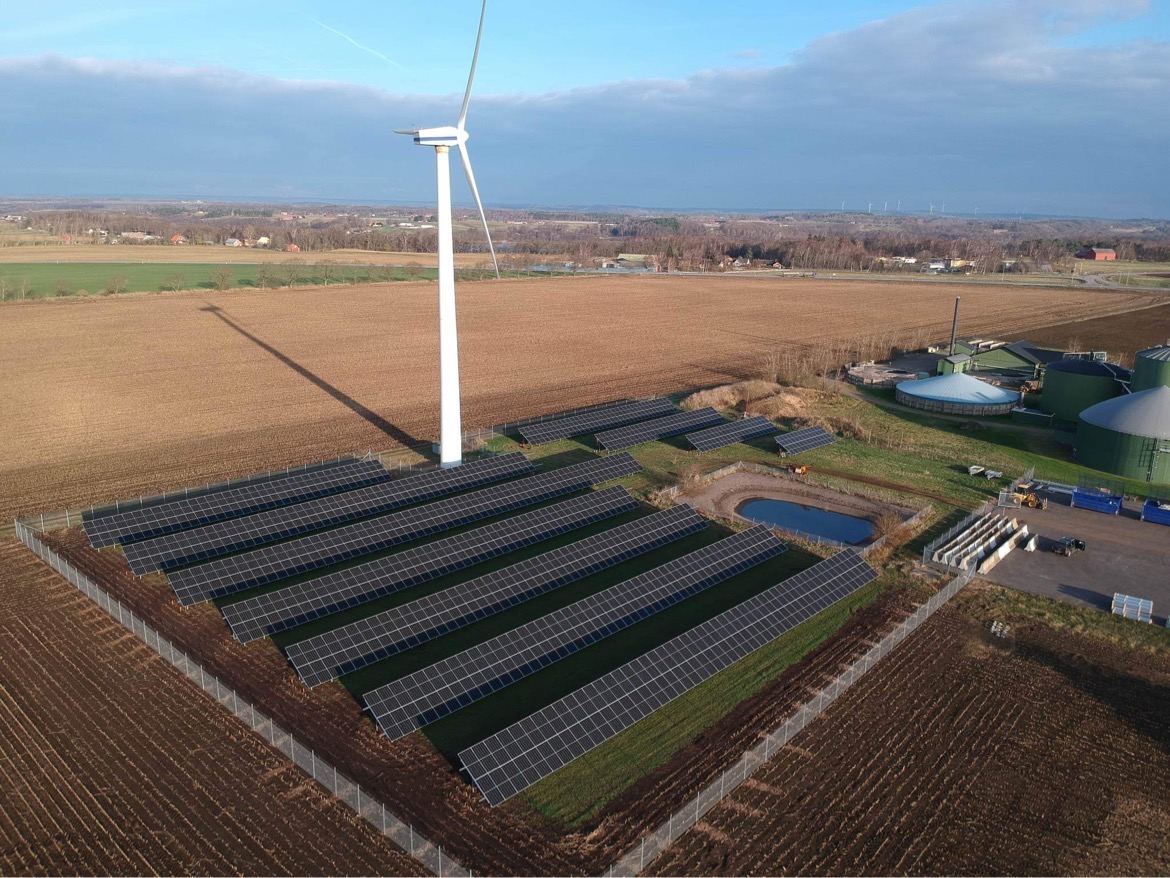Vallberga Lantmän is an agricultural cooperative operating in southern Sweden that is jointly owned by its 900 members. In addition to the 129,000 tons of feed they produce annually, they are also involved in grain trading and supply farms with supplies such as fertilizers, chemicals, seeds and diesel. They also run a shop in Vallberga, where they help everyone from farmers to homeowners, gardening enthusiasts or pet owners to find what they are looking for among the shop’s 12,000 items. Now they are also taking the step of becoming their own solar electricity producers.
Vallberga sees many reasons to invest in solar cells. On the other hand, they do not require any input from them and the electricity is produced without requiring any direct maintenance. It also ensures a fixed, low electricity price for a long time to come. The plant, which is located on land, will produce 478,000 kWh per year and will save 5,724,517 kg of CO2 over its lifetime.
It feels good to invest in renewable energy and we will not stop using solar cells. For heat treatment of feed in the factory we have previously used gas, but at the turn of the year 22/23 we switched to pellets from Swedish forests. We will also work on energy efficiency in 2023 to get as high an efficiency of the energy that goes into the factory as possible. Says Jörgen Karlsson.
The installation was placed on land mainly because there was plenty of land that was not suitable for cultivation. But they also see advantages in the fact that the plant will be easy to service in the future, should the need arise.
Jan Axelson, project manager at EnergiEngagemang and the person responsible for the project, says that it has been fun to work with a customer who is so committed.
The customer has for a long time wanted to invest in solar cells but had no suitable buildings to build on, so they chose to use this area that is not suitable for plant cultivation for a land plant. The photovoltaic system is connected directly to the factory’s high-voltage system and the electricity produced will be used directly in production as grain handling is in full swing during the period when the sun is at its strongest.
Both Vallberga and EnergiEngagemang feel that the project has progressed well, subject to some delays in materials. This has been a major challenge for many over the past year.
The only thing we wish we had done differently is that we should have taken action earlier and started looking at solar energy in the summer of 2021. Jörgen concludes.

